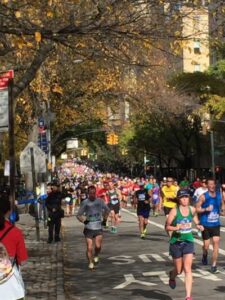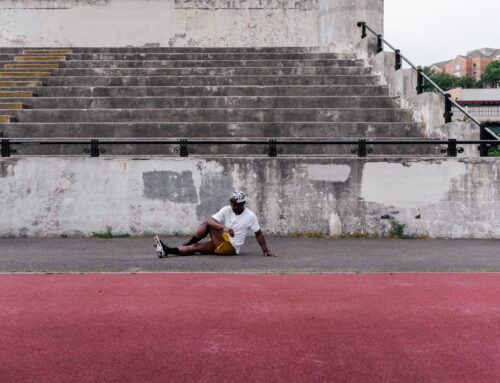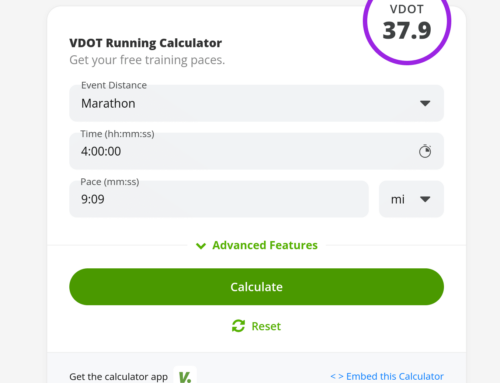
Michael Cavalli: What is the most important aspect(s) of marathon training to help the runner maintain pace/efficiency in the latter, more difficult miles of the marathon?
Dr. Jack Daniels: A very important approach to maintaining pace and efficiency in the latter miles of a marathon race is to not go out too fast. Run the first 20 miles no faster than your training and any recent racing VDOT values suggest for your marathon race pace. It is often very easy to go out too fast early in a marathon because you have tapered and rested for the race and normal marathon race pace seems too slow.
The best part of a marathon to run faster than anticipated is the 2nd half of the race; particularly the last 10k of the race. The first half of the race should feel like a pace that you could increase at any time. Something that might help in those early miles is to concentrate on being relaxed and turning over with a nice quick leg cadence. Also, focus on breathing with a comfortable 2-2 rhythm. It might help to spend some time thinking about being relaxed in the face, jaws, then shoulders, arms, stomach, legs and feet.
During early weeks of race training to help deal with the latter miles of a marathon, do some workouts that alternate running between Marathon and Threshold pace. If you get the feeling that the pace is too slow early on just stick with that until at least the halfway point. Keep in mind that some segments of your marathon may run into a headwind or uphill so your pace will slow. Try to maintain a consistent subjective feeling of stress rather than just going by mile pace. Later on in the race see if it is possible to say to yourself, “Man this is fun.”
Become a faster runner using Dr. Jack Daniels’ VDOT training methodology.




